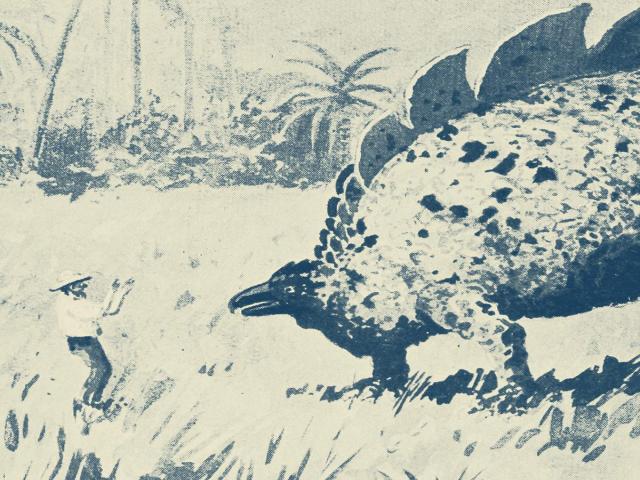newly, Bold lines It caught my attention. “Human ancestors coexisted with dinosaurs,” the study says. The choice of words is intriguing: while the sentence is correct, it is also misleading. like him?
First, why do we say it is true that human ancestors lived with dinosaurs? Because, as we know thanks to evolutionary biology, organisms share a common ancestor. More so, any pair of organism species shares at least one common ancestor. All species living today are descended from LUCA, short for Last Universal Common Ancor, or Last Universal Common Ancestor.
This means that each group and each species did not arise immediately, without any connection with the organisms that existed at that time. On the contrary, new species arise from ancestors, in a process of descent with modification, which we may call evolution.
If so, then every living thing today has an ancestral chain going back to the origin of life on Earth. This means that humans, birds, lizards, salamanders, bacteria and any other of today’s species all have ancestors at any given time, from the first organism! The obvious conclusion is that when non-avian dinosaurs lived, the ancestors of all species that exist today lived, too.
Again, this is obvious: if, say, the current species did not have an ancestor at the end of the Cretaceous period, when the famous impact associated with the great mass extinction that ended the era of the large dinosaurs occurred, then it is implied that the species would have arisen, as if by means of Magic, later on, with no connection whatsoever to other living beings. And despite the creationists’ wish, things don’t work out that way.
Therefore, the title is correct, if we do not specify what exactly is meant by the phrase “ancestors”. But it’s also misleading. This is because it is possible that many people, when reading Hominids, would imagine something similar to a human being who would have lived alongside the great dinosaurs, as in the Flintstones cartoons. In reality, The study mentioned in the articleposted in Current Biologydiscusses the origin of placental mammals and concludes that the group, as a whole, traces its origins back to the Cretaceous period of the Mesozoic Era.
The study also indicates that the group of primates (which today includes the human race) may have emerged in the Cretaceous period, which is quite different from saying something similar to Homo sapiens already existed at that time. If we wanted to speculate what the ancestors of primates that lived during the Cretaceous period looked like, they might have looked like “plesiadapiformes”which are closely related to primates.
The lesson: Don’t jump to conclusions from headlines.
João Lucas da Silva holds a Master’s degree in Biological Sciences from the Federal University of Pampa and is currently a PhD student in Biological Sciences at the same university.

“Hardcore beer fanatic. Falls down a lot. Professional coffee fan. Music ninja.”






More Stories
The law allows children and adolescents to visit parents in the hospital.
Scientists pave the way for the emergence of a new element in the periodic table | World and Science
Can dengue cause hair loss? Expert explains how the disease affects hair